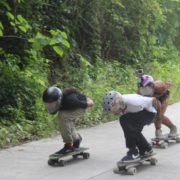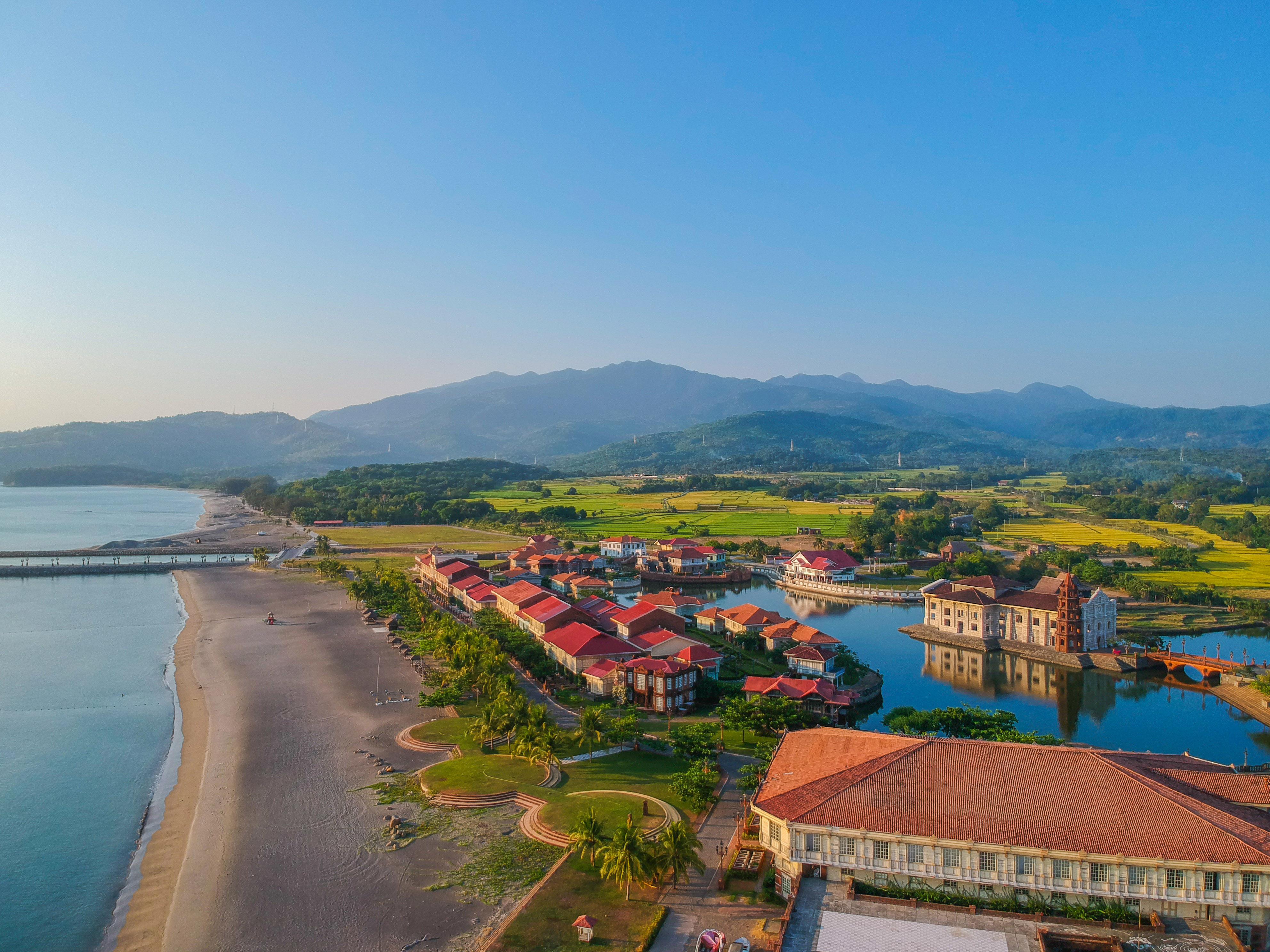The Department of Tourism (DOT) welcomed the launching of “eco-sports tourism” program in the historic town of Argao, Cebu Province, a sprawling natural wonder endowed with pristine coastal waters, white-sand beaches and rolling hills and mountains.
As part of its 411th founding anniversary, this heritage town has embraced modern sports, particularly the fast-growing water sport skimboarding and downhill skateboard riding.

A skimboard rider uses a smaller surfboard without fins to glide across the water’s surface and meet an incoming wave, and ride it back to shore. Skimboarders perform a variety of surface maneuvers including “wraps,” “big spins,” “360 shove-its” and “180s.” Unlike surfing, skimboarding begins on the beach by dropping the board onto the thin wash of previous waves. Using their momentum to skim out to breaking waves, the riders then catch back into shore.

Around 100 skimboarding and downhill boardriding participants competed in beginners and advanced categories during the 10-day festivities that culminated on Sunday, September 29.

“We support the growth of these adventure and sports clubs, help promote their activities and events through partnerships with the media and social influencers, and exposure in trade fairs,” said Director Tamano.
Thousands of people cheered and danced during the old-fashioned Filipino fiesta celebration in this emerging tourist destination, a coastal town along Cebu Strait about two-hour drive south of Cebu City.

Foreign and domestic tourists joined residents from the 45 local barangays in queuing up the streets around poblacion to cheer the colorful parade and pulsating music of marching bands, preceded by a fluvial procession in honor of Argao’s patron saint Señor San Miguel.
“I wouldn’t have missed this experience, having more fun than ever and enjoying this town’s Filipino brand of hospitality,” said Director Tamano. “We recognize Argao tourism’s high potentials as it offers a complete package of tourism experience, including sun and beach, water sports, diving, eco-farm adventure, culinary, and faith and cultural tourism.”
This cultural heritage municipality, which is one of the early settlements established at the inception of the Spanish era, offers a richly diverse tourism package. It is by no means a small town with a population estimated at 75,000 as of 2018.

Founded as a pueblo in 1608, Argao provides visitors a virtual trip back through the Spanish colonial era amidst its well-preserved heritage sites and Augustinian structures like the San Miguel Arcangel Parish Church.
Argao is also blessed with abundant natural attractions, including white-sand beaches and pristine water, cave, unspoiled rivers and waterfalls, lush-green forests surrounding Mt. Lantoy, habitat for rare wildlife.
“We fully support the Department of Tourism’s sustainable and inclusive tourism development program, particularly Secretary Bernadette Romulo Puyat’s advocacy of eco-farm and food tourism,” said Argao Mayor Allan Sesaldo.

Mayor Sesaldo spoke of a conservation project called “Love Forest” where Argao visitors can plant or adopt a tree that will be permanently labelled individually with their respective names as sponsor.
Director Tamano in return assured Sesaldo of the national government’s assistance to boost Argao’s local tourism.

He said Argao’s coastal waters serve as sanctuary to countless marine species, including the wild Butanding similar to those of Oslob, Cebu. Argao also boasts of seven mountain farm resorts, ideal for conferences, team building and social events.
Municipal head tourism officer Jotham Saragena added the Argao, which is home to the friendliest and most hospitable people, serves as the retirement hub for an increasing number of foreign retirees.
The fiesta celebration was also highlighted by motocross competition, Miss Argao Pageant, cultural performances, farm and food trade fair, mangrove tree-planting and coastal cleanup.






